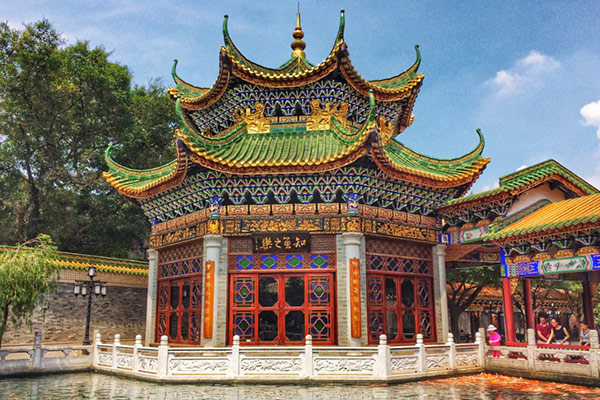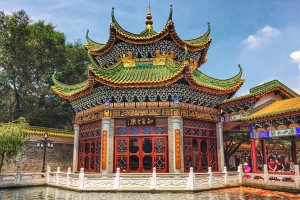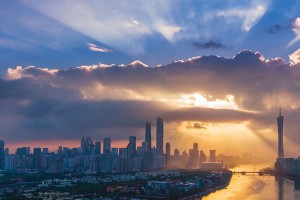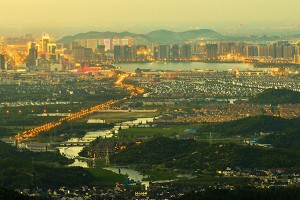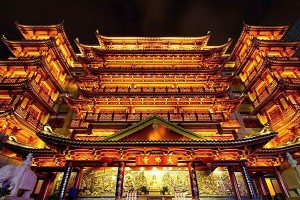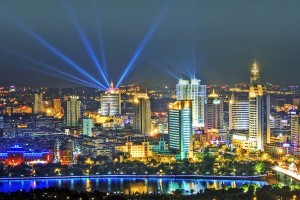Located on the subtropical coast of Guangzhou, the Tropic of Cancer passes through the south-central region and is a maritime subtropical monsoon climate characterized by warm and rainy, abundant light and heat, long summers and short frost periods. The annual average temperature of 20-22 is Celsius, which is one of the largest cities with the smallest annual temperature difference in China. The hottest month of the year is July, with an average monthly temperature of 28.7 °C. The coldest month is January, and the monthly average temperature is 9-16 °C. The average relative humidity is 77%, and the annual urban rainfall is about 1720 mm. During the year, the rainy season is from April to June, the weather is hot from July to September, and there are many typhoons. The temperatures in October, November, and March are moderate, and December to February is a cool winter. In the same period of the year, the water and heat are abundant, and the rainfall is abundant, which is conducive to plant growth. It is a “flower city” with evergreen and flower clusters. [34]
Landform
Guangzhou belongs to the hilly area. The terrain is high in the northeast and low in the southwest. The mountain is in the mountains and the mountains in the north. The highest peak is the paradise roof at the junction of Conghua City and Longmen County in the north. The altitude is 1210 meters. In the mountains, there are Baiyun Mountain, known as the “city lung”; the central part is the hilly basin, and the south is the coastal alluvial plain , which is part of the Pearl River Delta. [33]
Hydrology
Guangzhou is located in the south Fengshui District. The rivers in the territory are developed, the rivers and rivers are numerous, the water area is vast, there are 22 rivers with a collection area of more than 100 square kilometers, and 1,368 rivers with a river width of 5 meters or more. With a total length of 5597.36 kilometers and a river density of 0.75 kilometers per square kilometer, it constitutes a unique cultural feature of Lingnan Water Town.




